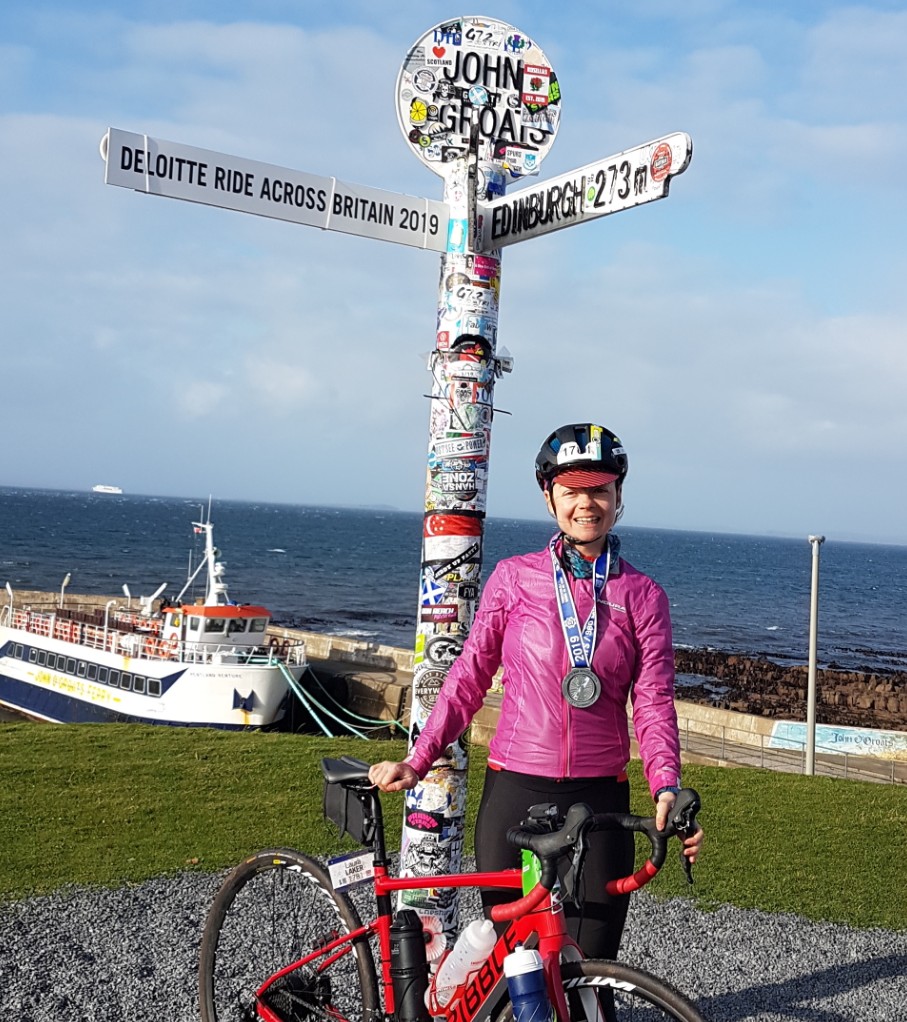I’m standing on a path beside the river in Bristol, watching a man deploy a tape measure on a pair of bollards. It’s very hot and there is a merciless lack of shade.
The man in question is Ed Plowden. He is tasked with making the National Cycle Network accessible for all, which means removing what, at a 2020 count, amounted to more than 16,000 barriers on the National Cycle Network (NCN).
If you think that’s a big number, wait a moment. Because these barriers only exist on the off-road sections and averaged out at an eye-watering three barriers per mile at their peak.
It’s a topic that annoys cyclists like few others. This ire is understandable. After all, we don’t plonk barriers, driver-dismount signs, steps or gates on our roads.
As I discovered, cycling 1,300 miles of the NCN over the space of a year and a half, these inventively obstructive barriers frequently fail in their aims, because the motorcycle riders they set out to deter often find alternative ways in.
This is not true of some legitimate users – not least those with disabilities, or those using non-standard cycles.
Removing barriers

Because a cycle network shouldn’t require any showjumping skills, or supreme upper-body strength to manhandle your bike, the charity tasked with running the NCN, Sustrans, is attempting to take down these barriers.
The network, it rightly believes, should be ‘for everyone’. A dedicated army of volunteers, wielding tape measures and mobile phone cameras like Ed and me, managed to size up all of these barriers on the 13,000-odd miles of network.
However, without funding, their removal takes time.
By December 2023 Sustrans, along with the landowners that own more than 97 per cent of the network, had removed 1,414 (9 per cent) of them.
Undoubtedly, more have been introduced elsewhere in the meantime – it’s a long, long game of whack-a-bollard. At this rate, the network should be barrier-free in 34 years.
In 2022, I started researching a book about the NCN (did I mention I’ve written a book?).
The NCN is, uniquely for a piece of national infrastructure, run by a charity, Sustrans, using millions of pounds worth of volunteer labour each year.
Unlike our road or rail networks, which enjoy multi-year funding settlements and bodies with the power and money to allow for strategic long-term planning, Sustrans waits each year for bits of departmental surplus.
Loose change. Most years, that never appears, but when it does, it arrives so late Sustrans faces a desperate scrabble to spend it before the end of the financial year.
Our latest five-year trunk roads settlement was £27.4 billion; by comparison, over five years, the NCN got £77m from the Department for Transport. On a bar graph, side by side, the latter is barely visible.
Like many cyclists, I pointed the finger at Sustrans for its many failings – not just its bollards and chicanes, but its missing or damaged signs, its mud paths and routes on busy roads.
Cycling hundreds of miles of routes, from glorious Highland paths to sandy Cornish beaches, talking to people working on route development, changed my mind somewhat.
Sustrans needs money and power
Ultimately, Sustrans does an amazing job with what it has. That includes managing 3,200 volunteers, who dedicate a quarter of a million hours each year to maintaining the network.
Its paid staff, meanwhile, go beyond the call of duty, bringing communities together around cycle paths.
They have the skills and patience to work with anyone, from residents to officials, delivering paths to high standards, which people grow to love.
What it lacks, crucially, is the money and power of bodies such as National Highways, to shape it, and the NCN’s destiny.
In my year and a half of exploring the NCN and examining what makes it tick, I realised if we want to be a nation where cycling is an option for everyday journeys, and for leisure – for everyone – something needs to change.
Nations that have successfully delivered national cycle networks at pace have done so thanks to city, regional and national governments coming together to lead and fund the development of that network.
If we want a golden age of cycling, this is the kind of commitment we need. Because, wonderful as they are, volunteers with tape measures just aren’t enough.
